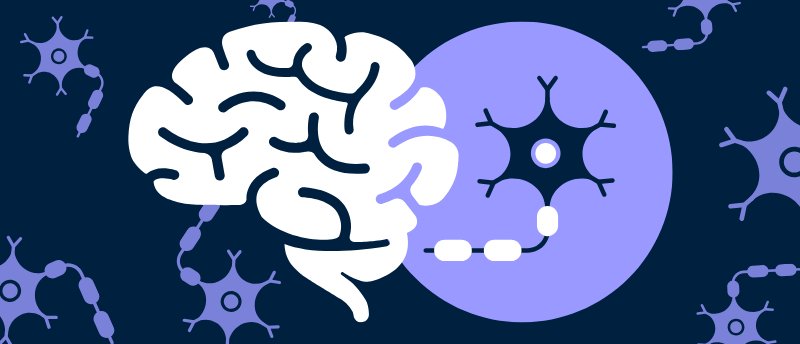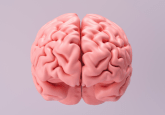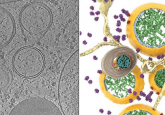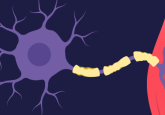Protein aggregation pathway uncovered in ALS

The pathway leading to the telltale sign of ALS, protein aggregation in the cytoplasm of motor neurons, has been revealed.
Researchers from the University of California – San Diego (CA, USA) have worked backwards, identifying the pathway leading to protein aggregation in the cytoplasm of motor neurons in individuals with amyotrophic lateral sclerosis (ALS). The team is hopeful that by detailing the process and its key players, they will be able to repurpose existing medications or develop new therapeutics for the disease.
ALS is a progressive neurodegenerative disease that affects the function of motor neurons in the brain and spinal cord, eventually causing cell death. A telltale sign of ALS is the buildup of a nucleus-bound gene-expression regulatory protein – TDP-43 – in the cytoplasm of motor neurons. However, by the time this protein aggregation develops, the damage is well underway. Aggregation of TDP-43 in the cytoplasm is caused by another protein aggregating in the nucleus, a cytoplasm-based protein called charged multivesicular body protein 7 (CHMP7). Too much CHMP7 in the nucleus damages the pores – nucleoporins – in the nuclear envelope, allowing TDP-43 through to the cytoplasm where it can no longer regulate gene expression.

From AI to kazoos: Neuroscience 2024 in review with SfN’s Past President Marina Picciotto
We spoke to SfN’s Past President Marina Picciotto about her picks for the Presidential Special Lectures (PSLs), learning to play the kazoo alongside thousands of neuroscientists, and bursting the bubble of experimental domains to make connections across disciplines.
In the current study, the researchers investigated the possible triggers for CHMP7 aggregation in the nucleus. Using CRISPR-based microRaft and gRNA identification, they screened for RNA-binding proteins that may contribute to CHMP7 buildup in the nucleus. They found 55 proteins, 23 of which had a potential connection to ALS pathogenesis. When many of these proteins were inhibited, the team saw increases in CHMP7 aggregation in the nucleus. Specifically, they identified an RNA-splicing associated protein called SmD1 that – when inhibited – had the greatest effect on CHMP7, increasing its aggregation in the nucleus.
When they boosted SmD1 expression in the cells, they found that CHMP7 remained in the cytoplasm, leaving nucleoporins undamaged and TDP-43 in the nucleus where it can regulate gene expression. Interestingly, SmD1 is a survival of motor neuron (SMN) complex component. SMN dysfunction is implicated in spinal muscular dystrophy and therapeutics exist to treat this neurodegenerative disorder. “One of [these therapeutics], risdiplam, is a small molecule compound that enhances the splicing and expression of SMN2, a gene closely related to the SMN1 gene that becomes dysfunctional in ALS,” highlighted corresponding author Gene Yeo.
This discovery raises the question of whether risdiplam could be repurposed to treat ALS by boosting the expression of the SMN complex, and therefore preventing the buildup of CHMP7 in the nucleus. “It’s not like all the neurons die at once,” commented Yeo. “Some neurons die first, and then there is spread across other neurons. Perhaps as soon as you get symptoms, we could treat the patient so that the rest of the neurons don’t crash and hope you stop the progression of ALS.”
The team believes the SMN complex could be a crucial component in ALS onset; however, further research is needed in animal and cell models of ALS to determine the extent of the complex’s involvement. Eventually, they want to test risdiplam and other compounds’ effectiveness against ALS.



